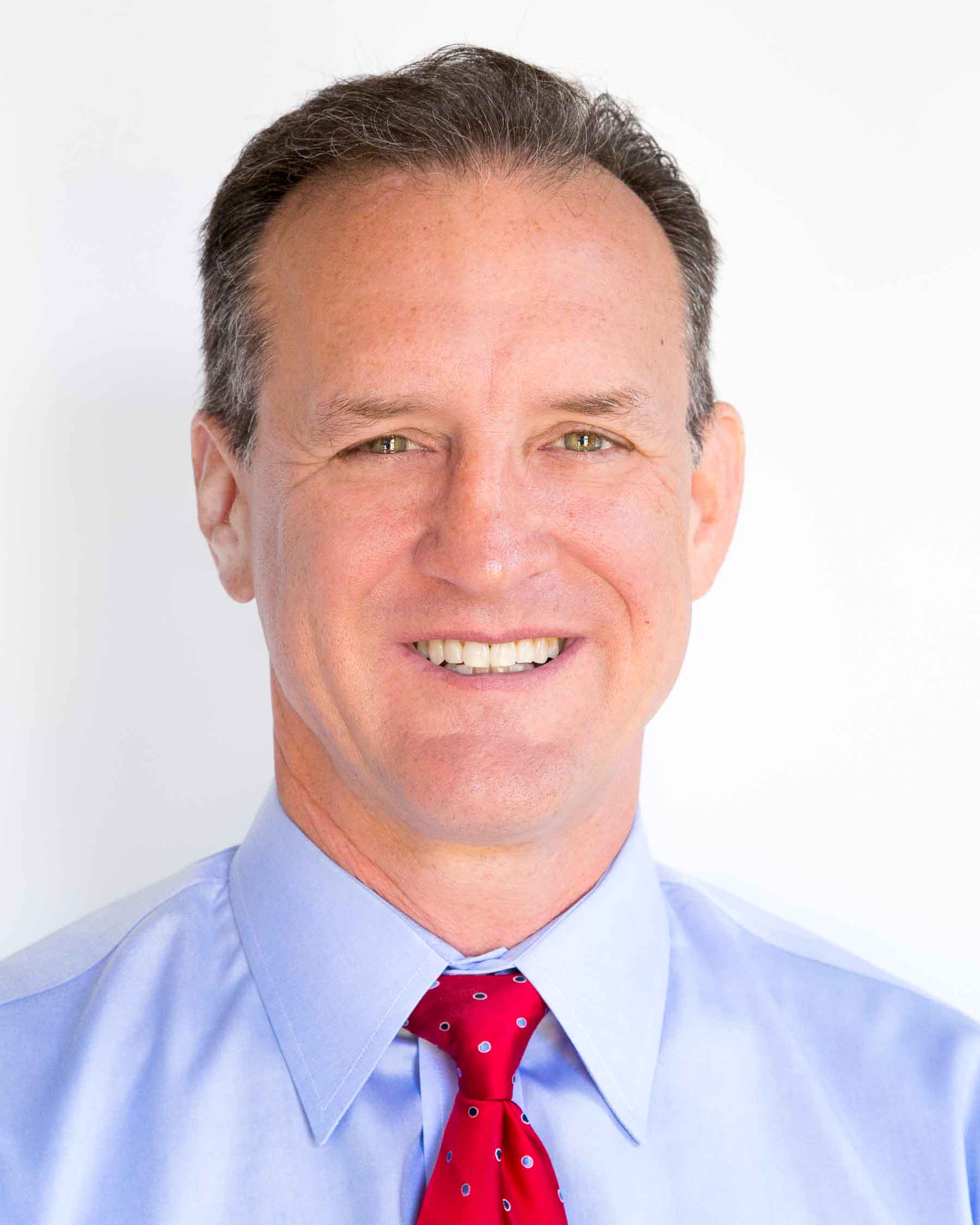 By Gerard J. Gianoli, M.D. – http://EarAndBalance.net
By Gerard J. Gianoli, M.D. – http://EarAndBalance.net
Legend has it that in 1787 Grigory Potemkin erected a fake portable settlement along the banks of the Dnieper River in order to fool Empress Catherine II during her visit to the Crimea. At night it was then moved down river for their next stop the following morning. The end result was an impression of greater wealth and stability in the area than reality. From this, the term “Potemkin Village” entered the lexicon, defined as: “A pretentiously showy or imposing façade intended to mask or divert attention from an embarrassing or shabby fact or condition.”
The electronic medical record (EMR) is the Potemkin Village of Healthcare, disguising the declining quality of American medicine.
When I started medical school in 1982, I visited my pediatrician, Dr. Johnson, who was still my primary care physician at the time. He pulled out my chart dating back to shortly after my birth in 1961. For nearly 20 years of visits, there were only four pages of notes. I did not find this notable. Why would I care about how extensive my medical record was as long as I got good care? It is only in retrospect that this is surprising. Today’s medical records will have 4-5 pages for a single office visit.
Are office visits that more extensive and comprehensive than in 1982? Not by a long shot.
During medical school in the 1980s, we were taught to do a very extensive history and physical examination. This included Chief Complaint (why are you here?), History of Present Illness (what happened?), Past Medical History (what are your prior medical problems?), Family History (major medical problems that run in the family), Social History (occupation, hobbies, habits, alcohol, tobacco and drug use), Medications and Allergies, Review of Systems (detailed questions about other systems of the body, seemingly unrelated to the current problem), and then a thorough Physical Exam. After this we developed a differential diagnosis—a list of probable causes for the patient’s chief complaint. Only then did we order tests to confirm or exclude these possible diagnoses. Then we treated the patient. This is radically different from the medical mills where American doctors practice today.
Today medical practice has contracted to: Chief Complaint, Test, Treat. My patients tell me of 5 minute visits, and I have witnessed them for family members. Currently the average doctor visit is 15 minutes or less. But that is really 8 minutes, plus 7 minutes of documentation in the computerized medical record. The traditional approach requires at least half an hour. There is no way around it. You can’t do it right in 8 minutes.
The EMR for your doctor’s office includes all of the elements of the traditional history and physical exam described above. But most of the history and physical is not done by the doctor but by the auto-populate method. The doctor presses one key, and it fills out the entire form saying that everything is normal, except what he overrides as abnormal.
One internist, in evaluating one of my patients who was having surgery to treat intractable vertigo, documented that the patient denied having any vertigo. His EMR was impressively neat, well-organized, and extensive—but filled with nonsense.
Why would a well-respected physician document nonsense? Survival. Physicians have been commanded by Medicare to produce these extensive notes via the EMR in order to get paid. The bureaucratic rules and regulations forced upon physicians in the last 8 years have driven the overhead of private practices to the breaking point. From 2008 to 2014, half of physicians in private practice left to become employees of large corporations, almost solely because government mandates made it impossible for them to make a living in an independent practice.
Becoming an employee, however, doesn’t allow the doctor to escape the EMR or other inane mandates. It just spreads the cost over a large corporate structure. The damage to quality in medical care has been institutionalized. Instead of a patient-physician relationship, we have the Potemkin Village façade of the high-tech EMR.
Dr. Johnson’s notes were sparse, but he gave excellent care. His patients paid him for care. Now government and third parties pay for the appearance of healthcare, a virtual reality of digitized make-believe.
Gerard Gianoli, M.D., F.A.C.S. specializes in Neuro-otology and Skull Base Surgery. He is in private practice at The Ear and Balance Institute, located in Covington, but is also a Clinical Associate Professor in the Departments of Otolaryngology and Pediatrics at Tulane University School of Medicine. He pioneered treatments for Superior Semicircular Canal Dehiscence and other vestibular disorders. His private practice has a worldwide reach, with patient referrals coming from all over the United States and from around the world.
Dr. Gianoli opted out of Medicare in 2001 and has had a 100% third-party-free practice since 2005. He’s lectured and written extensively (as well as had numerous media interviews) on third party free medical practices and free market medicine. His editorials have appeared in The Wall Street Journal, Forbes, Investor’s Business Daily, The Hill and other popular periodicals.
He has received numerous awards, including the American Academy of Otolaryngology’s Honor Award, and has been named in America’s Top Doctors and America’s Top Physicians every year since their inception in 2001 and 2003 respectively. Dr. Gianoli practices all aspects of neuro-otology but has a special interest in vestibular (balance) disorders. He has researched, lectured and published extensively on the topic of vestibular disorders. Website: www.earandbalance.net




